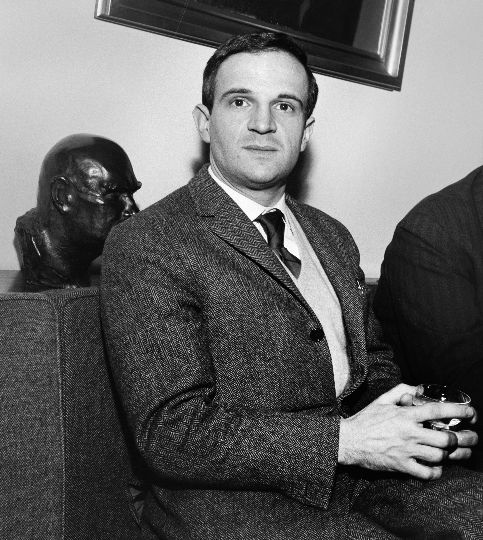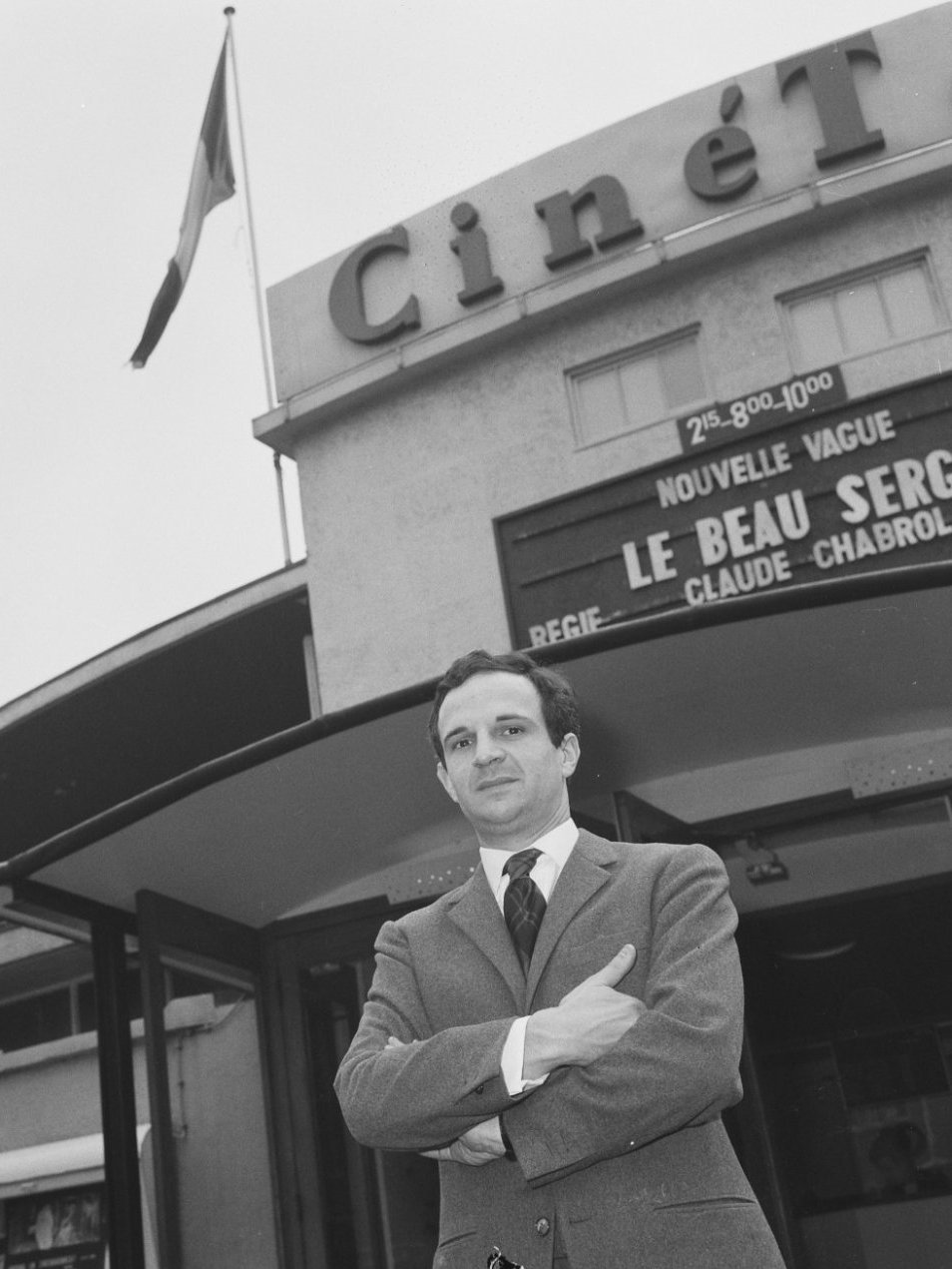|
Formalist Film Theory
Formalist film theory is an approach to film theory that is focused on the formal or technical elements of a film: i.e., the lighting, scoring, sound and set design, use of color, shot composition, and editing. This approach was proposed by Hugo Münsterberg, Rudolf Arnheim, Sergei Eisenstein, and Béla Balázs. Today, it is a major approach in film studies. Overview Formalism, at its most general, considers the synthesis (or lack of synthesis) of the multiple elements of film production, and the effects, emotional and intellectual, of that synthesis and of the individual elements. For example, take the single element of editing. A formalist might study how standard Hollywood "continuity editing" creates a more comforting effect and non-continuity or jump cut editing might become more disconcerting or volatile. Or one might consider the synthesis of several elements, such as editing, shot composition, and music. The shoot-out that ends Sergio Leone's Spaghetti Western ''D ... [...More Info...] [...Related Items...] OR: [Wikipedia] [Google] [Baidu] |
Film Theory
Film theory is a set of scholarly approaches within the academic discipline of film or cinema studies that began in the 1920s by questioning the formal essential attributes of motion pictures; and that now provides conceptual frameworks for understanding film's relationship to reality, the other arts, individual viewers, and society at large. Film theory is not to be confused with general film criticism, or film history, though these three disciplines interrelate. Although some branches of film theory are derived from linguistics and literary theory, it also originated and overlaps with the philosophy of film. History Early theory, before 1945 French philosopher Henri Bergson's ''Matter and Memory'' (1896) anticipated the development of film theory during the birth of cinema in the early twentieth century. Bergson commented on the need for new ways of thinking about movement, and coined the terms "the movement-image" and "the time-image". However, in his 1906 essay ''L' ... [...More Info...] [...Related Items...] OR: [Wikipedia] [Google] [Baidu] |
Three-point Lighting
Three-point lighting is a standard method used in visual media such as theatre, video, film, still photography, computer-generated imagery and 3D computer graphics. By using three separate positions, the photographer can illuminate the shot's subject (such as a person) however desired, while also controlling (or eliminating entirely) the shading and shadows produced by direct lighting. The ''key light'', as the name suggests, shines directly upon the subject and serves as its principal illuminator; more than anything else, the strength, color and angle of the key determines the shot's overall lighting design. In indoor shots, the key is commonly a specialized lamp, or a camera's flash. In outdoor daytime shots, the Sun often serves as the key light. In this case, of course, the photographer cannot set the light in the exact position they want, so instead arranges the shot to best capture the sunlight, perhaps after waiting for the sun to position itself just right. The ''fill ... [...More Info...] [...Related Items...] OR: [Wikipedia] [Google] [Baidu] |
Neoformalism (film Theory)
David Jay Bordwell (; born July 23, 1947) is an American film theorist and film historian. Since receiving his PhD from the University of Iowa in 1974, he has written more than fifteen volumes on the subject of cinema including ''Narration in the Fiction Film'' (1985), ''Ozu and the Poetics of Cinema'' (1988), ''Making Meaning'' (1989), and ''On the History of Film Style'' (1997). With his wife Kristin Thompson, Bordwell wrote the textbooks ''Film Art'' (1979) and ''Film History'' (1994). ''Film Art'', currently being published in its 12th edition, is still used as a seminal text in introductory film courses. With aesthetic philosopher Noël Carroll, Bordwell edited the anthology ''Post-Theory: Reconstructing Film Studies'' (1996), a polemic on the state of contemporary film theory. His largest work to date remains ''The Classical Hollywood Cinema: Film Style and Mode of Production to 1960'' (1985), written in collaboration with Thompson and Janet Staiger. Several of his more ... [...More Info...] [...Related Items...] OR: [Wikipedia] [Google] [Baidu] |
Medium Specificity
Medium specificity is a consideration in aesthetics and art criticism. It is most closely associated with modernism, but it predates it. Overview According to Clement Greenberg, who helped popularize the term, medium specificity holds that "the unique and proper area of competence" for a form of art corresponds with the ability of an artist to manipulate those features that are "unique to the nature" of a particular medium. For example, in painting, literal flatness and abstraction are emphasised rather than illusionism and figuration. Medium specific can be seen to mean that ''"the artwork is constituted by the characteristic qualities of the raw material."'' This would probably include the techniques used to manipulate the materials. ''"Medium-specificity is based on the distinct materiality of artistic media."'' As early as 1776 Gotthold Ephraim Lessing ''"contends that an artwork, in order to be successful, needs to adhere to the specific stylistic properties of its own me ... [...More Info...] [...Related Items...] OR: [Wikipedia] [Google] [Baidu] |
Formalism (art)
In art history, formalism is the study of art by analyzing and comparing form and style. Its discussion also includes the way objects are made and their purely visual or material aspects. In painting, formalism emphasizes compositional elements such as color, line, shape, texture, and other perceptual aspects rather than content, meaning, or the historical and social context. At its extreme, formalism in art history posits that everything necessary to comprehending a work of art is contained within the work of art. The context of the work, including the reason for its creation, the historical background, and the life of the artist, that is, its conceptual aspect is considered to be external to the artistic medium itself, and therefore of secondary importance. History The historical origin of the modern form of the question of aesthetic formalism is usually dated to Immanuel Kant and the writing of his third Critique where Kant states: "Every form of the objects of sense is either ... [...More Info...] [...Related Items...] OR: [Wikipedia] [Google] [Baidu] |
Clive Bell
Arthur Clive Heward Bell (16 September 1881 – 17 September 1964) was an English art critic, associated with formalism and the Bloomsbury Group. He developed the art theory known as significant form. Biography Origins Bell was born in East Shefford, Berkshire, in 1881, the third of four children of William Heward Bell (1849–1927) and Hannah Taylor Cory (1850–1942). He had an elder brother (Cory), an elder sister (Lorna, Mrs Acton), and a younger sister (Dorothy, Mrs Hony). His father was a civil engineer who built his fortune in the family coal mines in Wiltshire in England and Merthyr Tydfil in Wales – "a family which drew its wealth from Welsh mines and expended it on the destruction of wild animals." They lived at Cleeve House, Seend, near Devizes, Wiltshire, where Squire Bell's many hunting trophies were displayed. Marriage and other liaisons Bell was educated at Marlborough College and at Trinity College, Cambridge, studying history. In 1902 he gained an Earl of ... [...More Info...] [...Related Items...] OR: [Wikipedia] [Google] [Baidu] |
Clement Greenberg
Clement Greenberg () (January 16, 1909 – May 7, 1994), occasionally writing under the pseudonym K. Hardesh, was an American essayist known mainly as an art critic closely associated with American modern art of the mid-20th century and a formalist aesthetician. He is best remembered for his association with the art movement abstract expressionism and the painter Jackson Pollock. Early life Clement Greenberg was born in the borough of the Bronx, NYC, in 1909. His parents were middle-class Jewish immigrants, and he was the eldest of their three sons. Since childhood, Greenberg sketched compulsively, until becoming a young adult, when he began to focus on literature. Greenberg attended Erasmus Hall High School, the Marquand School for Boys, then Syracuse University, graduating with an A.B. in 1930, cum laude, Phi Beta Kappa. After college, already as fluent in Yiddish and English since childhood, Greenberg taught himself Italian and German in addition to French and Latin. Dur ... [...More Info...] [...Related Items...] OR: [Wikipedia] [Google] [Baidu] |
Cahiers Du Cinéma
''Cahiers du Cinéma'' (, ) is a French film magazine co-founded in 1951 by André Bazin, Jacques Doniol-Valcroze, and Joseph-Marie Lo Duca.Itzkoff, Dave (9 February 2009''Cahiers Du Cinéma Will Continue to Publish''The New York TimesMacnab, Geoffrey (7 April 2001''Pretentious, nous?''''The Guardian'' It developed from the earlier magazine ''Revue du Cinéma'' ( established in 1928) involving members of two Paris film clubs Objectif 49 (Robert Bresson, Jean Cocteau, and Alexandre Astruc, among others; ) and Ciné-Club du Quartier Latin (). Initially edited by Doniol-Valcroze and, after 1957, by Éric Rohmer (aka, Maurice Scherer), it included amongst its writers Jacques Rivette, Jean-Luc Godard, Claude Chabrol, and François Truffaut, who went on to become highly influential filmmakers. It is the oldest French-language film magazine in publication. History The first issue of ''Cahiers'' appeared in April 1951. Much of its head staff, including Bazin, Doniol-Valcroze, Lo Duca, ... [...More Info...] [...Related Items...] OR: [Wikipedia] [Google] [Baidu] |
François Truffaut
François Roland Truffaut ( , ; ; 6 February 1932 – 21 October 1984) was a French film director, screenwriter, producer, actor, and film critic. He is widely regarded as one of the founders of the French New Wave. After a career of more than 25 years, he remains an icon of the Cinema of France, French film industry, having worked on over 25 films. Truffaut's film ''The 400 Blows'' (1959) is a defining film of the French New Wave movement, and has four sequels, ''Antoine et Colette'' (1962), ''Stolen Kisses'' (1968), ''Bed and Board (1970 film), Bed and Board'' (1970), and ''Love on the Run (1979 film), Love on the Run'' (1979). Truffaut's 1973 film ''Day for Night (film), Day for Night'' earned him critical acclaim and several awards, including the BAFTA Award for Best Film and the Academy Award for Best Foreign Language Film. His other notable films include ''Shoot the Piano Player'' (1960), ''Jules and Jim'' (1962), ''The Soft Skin'' (1964), ''The Wild Child'' (1970), ''T ... [...More Info...] [...Related Items...] OR: [Wikipedia] [Google] [Baidu] |
Auteur Theory
An auteur (; , 'author') is an artist with a distinctive approach, usually a film director whose filmmaking control is so unbounded but personal that the director is likened to the "author" of the film, which thus manifests the director's unique style or thematic focus. As an unnamed value, auteurism originated in French film criticism of the late 1940s, and derives from the critical approach of André Bazin and Alexandre Astruc, whereas American critic Andrew Sarris in 1962 called it auteur theory. Yet the concept first appeared in French in 1955 when director François Truffaut termed it ''policy of the authors'', and interpreted the films of some directors, like Alfred Hitchcock, as a body revealing recurring themes and preoccupations. American actor Jerry Lewis directed his own 1960 film ''The Bellboy'' via sweeping control, and was praised for "personal genius." By 1970, the New Hollywood era emerged with studios granting directors broad leeway. Pauline Kael argued, howeve ... [...More Info...] [...Related Items...] OR: [Wikipedia] [Google] [Baidu] |
Fritz Lang
Friedrich Christian Anton Lang (; December 5, 1890 – August 2, 1976), known as Fritz Lang, was an Austrian film director, screenwriter, and producer who worked in Germany and later the United States.Obituary ''Variety'', August 4, 1976, p. 63. One of the best-known ''émigrés'' from Germany's school of Expressionism, he was dubbed the "Master of Darkness" by the British Film Institute. He has been cited as one of the most influential filmmakers of all time. Lang's most celebrated films include the groundbreaking futuristic ''Metropolis'' (1927) and the influential '' M'' (1931), a film noir precursor. His 1929 film ''Woman in the Moon'' showcased the use of a multi-stage rocket, and also pioneered the concept of a rocket launch pad (a rocket standing upright against a tall building before launch having been slowly rolled into place) and the rocket-launch countdown clock. [...More Info...] [...Related Items...] OR: [Wikipedia] [Google] [Baidu] |




